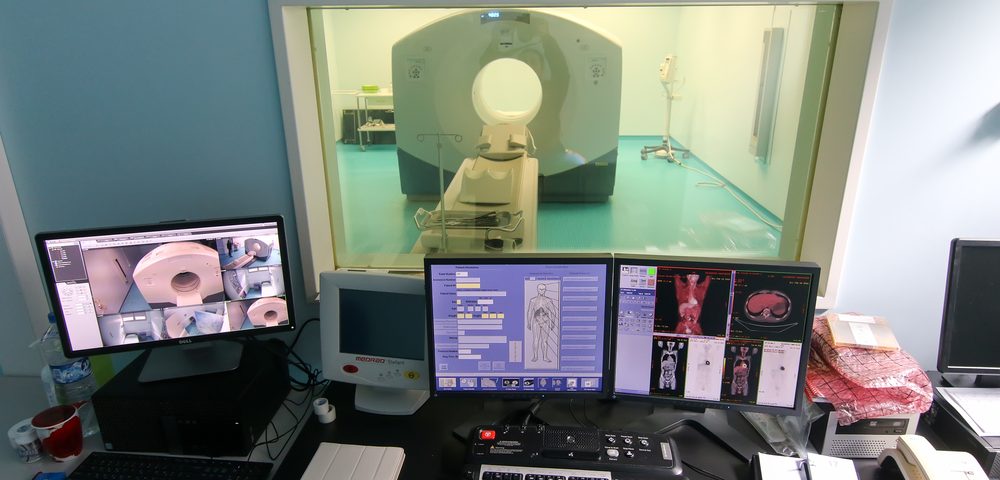Early response to chemotherapy in Hodgkin’s lymphoma patients can be measured with high definition CT scans, helping doctors select the best treatment option and avoiding severe side effects. These findings have recently been published in The New England Journal of Medicine in a study titled “Adapted treatment guided by interim PET scan in advanced Hodgkin’s Lymphoma.”
Chemotherapy treatment of Hodgkin’s lymphoma patients has been shown to produce high survival rates. Particularly, the combination of doxorubicin, bleomycin, vinblastine, and dacarbazine (ABVD), first described in 1975, results in cure rates of 70 to 80 percent.
Although a more complex multidrug combination has been associated with higher progression-free rates and five-year survival rates, it comes with severe side effects, including permanent infertility, prolonged fatigue, and increased risk of acute leukemia. Still, ABVD is not without side effects, and carries the risk of severe toxic effects to the lungs, associated with bleomycin exposure.
In this study, funded by Cancer Research UK and international partners in Europe and Australia, researchers used positron emission tomography (PET) scan to examine 1,119 Hodgkin’s lymphoma patients who had received two cycles of ABVD therapy. Patients with a clear PET scan were then randomized into two distinct groups: those who continued ABVD chemotherapy, and those who were given chemotherapy without bleomycin (AVD).
Investigators found that patients in the AVD group had similar survival rates to those in the ABVD, but with a lower incidence of pulmonary toxic effects.
“The good news is that the majority of people diagnosed with Hodgkin’s lymphoma can be cured – in this trial more than 95 percent of patients are alive after three years.” Prof. Peter Johnson, Cancer Research UK’s chief clinician based at the University of Southampton who led the study, said in a press release. “But we worry about the long-term side effects from the treatments we use. As we’ve done in this trial, personalizing treatment based on how well it works is a major development for patients with Hodgkin’s lymphoma, and sets a new standard of care.”
Patients who had positive findings in their PET scans, however, were given more intense chemotherapy, which was effective in about two-thirds of cases, with a three-year progression-free survival of 67.5 percent — a substantially higher rate than that found in previous studies in patients who continued ABVD.
“Knowing which patients have a more difficult to treat form of the disease means we can select those who need stronger chemotherapy, while sparing everyone else the severe side effects such as infertility. This approach, along with a reduction in the need for radiotherapy, should substantially reduce damage to healthy tissues and the risk of second cancers caused by treatments,” Johnson concluded.


